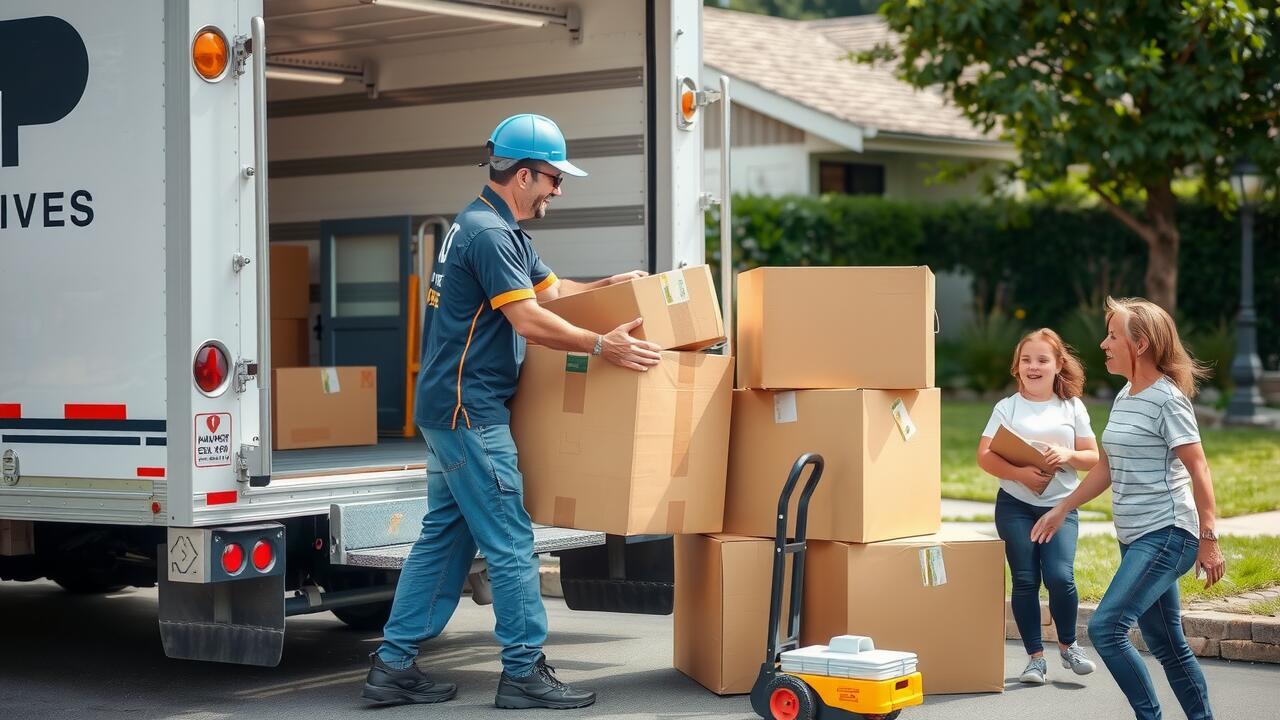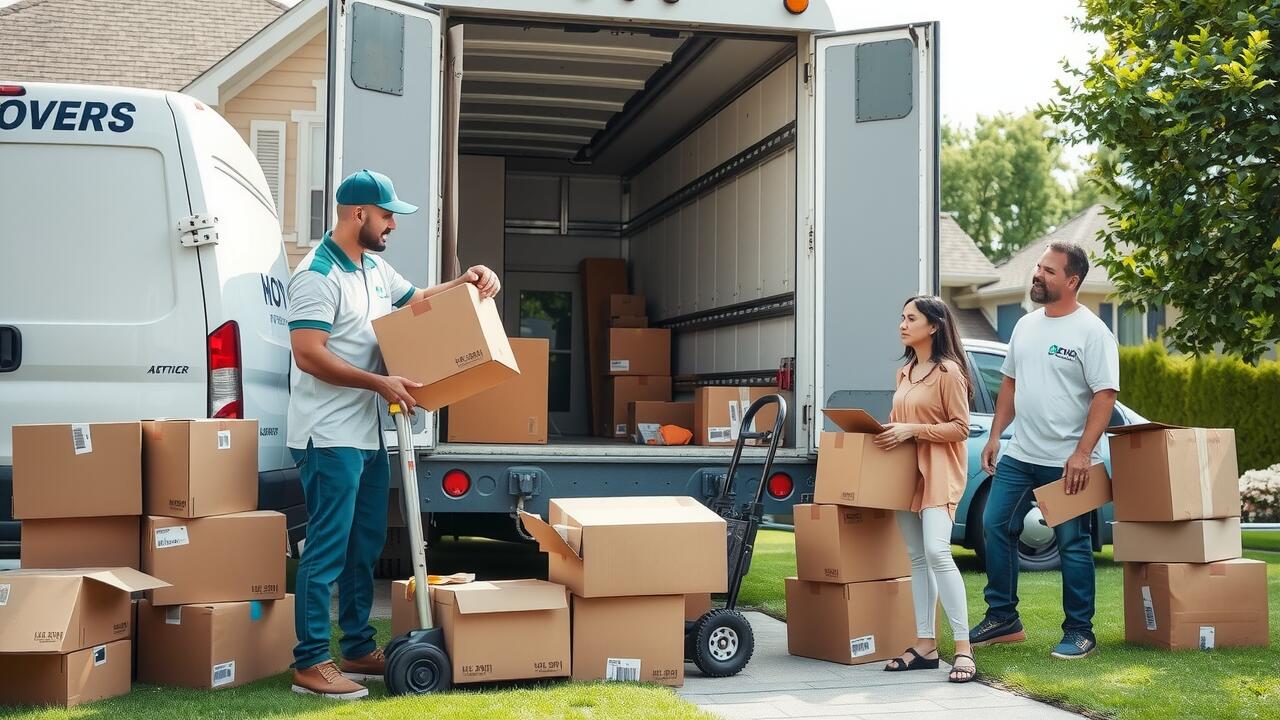
Table Of Contents
Commute vs. Local Distance
When discussing the concept of commute versus local distance, it is essential to recognize how definitions may vary based on context. Generally, a local distance implies a short travel range that facilitates quick trips. This can apply to everyday activities like commuting to work, running errands, or visiting friends and family. Locations within a defined radius, often five to ten miles, are typically considered local, fostering a sense of community and accessibility.
In practical terms, Local and Long Distance Moving in Federal Way, Washington, highlights these distinctions in the moving industry. Local moving usually involves moves within city limits or nearby areas, characterized by shorter times and costs. On the other hand, long-distance moving encompasses greater distances, often crossing state lines or extending beyond a designated range. Understanding these differences can help individuals make informed decisions about their transportation and moving needs.
Daily Travel Patterns
Daily travel patterns reveal a great deal about how individuals define local distances. Most people consider trips within a five to ten-mile radius as local. This perception often hinges on the ease of access to destinations like grocery stores, schools, and workplaces. In urban areas, these distances may change due to the availability of public transportation and road infrastructure.
For those involved in Local and Long Distance Moving in Federal Way, Washington, understanding these travel patterns is essential. It influences not only the logistics of the move but also the time required for transportation. A clear identification of local distances helps both movers and clients gauge how far they need to travel for various tasks associated with the moving process.
Local Distance in Business Contexts
In business contexts, the definition of local distance can vary based on industry and service. For companies that provide delivery or moving services, such as Local and Long Distance Moving in Federal Way, Washington, local distances often refer to the geographical area that can be serviced within a specific time frame without incurring significant costs. These businesses typically define their local zone by a range in miles, which can significantly influence operational strategies and pricing models. Understanding local distance helps in optimizing routes, enhancing efficiency, and improving customer satisfaction.
Retail and service-based industries also consider local distance in terms of their customer base. Businesses aim to attract customers from nearby areas to reduce travel times and costs associated with service delivery. Establishing a presence within a 'local' radius allows these businesses to compete effectively, ensuring that they maintain accessibility for clients. Local and Long Distance Moving in Federal Way, Washington, exemplifies this by catering to residents and businesses looking for reliable services that stay within their defined local parameters. This strategic focus fosters a connection with the community and drives growth through convenience.
Delivery Zones and Service Areas
Delivery zones and service areas play a crucial role in defining the scope of logistics and transportation within a community. Businesses often establish these zones to optimize their operations, ensuring timely delivery while managing costs effectively. For instance, a company that offers Local and Long Distance Moving in Federal Way, Washington, may create specific delivery zones to streamline routing and increase efficiency. These zones can vary significantly depending on the size and nature of the business as well as the local infrastructure in place.
Understanding the dynamics of delivery zones helps businesses align their services with customer expectations. Customers typically want reliable and quick service, particularly for moving services that can involve time-sensitive needs. By clearly defining these areas, companies not only enhance their operational effectiveness but also improve customer satisfaction. In locations like Federal Way, Washington, where moving logistics can fluctuate due to local regulations or traffic patterns, mapping out service areas becomes essential for businesses aiming to offer both Local and Long Distance Moving.
Impact of Local Distance on Transportation
Local distance significantly influences transportation planning and infrastructure development in urban areas. The allocation of resources for roads, public transit, and pedestrian pathways often aligns with the typical distances people travel for daily activities. This focus on local travel patterns shapes decisions about where to invest in transit hubs and road maintenance. Short-distance commutes and local trips typically require accommodations that prioritize efficiency and accessibility for residents.
In the context of moving services, local distance becomes a critical factor for companies offering their services. Many residents seek out options for Local and Long Distance Moving in Federal Way, Washington, reflecting the diverse needs of individuals and families. Recognizing the area’s unique travel characteristics can aid businesses in tailoring their services and optimizing routes for both local and long-distance moves. This understanding fosters a more efficient transportation network that benefits both providers and recipients.
Public Transport Accessibility
Public transport accessibility plays a crucial role in determining how effectively residents can navigate their communities. In urban areas, the availability of buses, trains, and other transit options influences daily travel patterns. Efficient public transportation systems not only alleviate traffic congestion but also provide residents with reliable alternatives to driving. This is particularly notable in areas where distance may dictate daily commuting habits, impacting both local and long distance moving in Federal Way, Washington.
Access to public transport can greatly affect economic activity within a community. Areas with strong transit links typically see higher foot traffic and increased patronage of local businesses. For individuals and families considering relocation, the proximity to public transport options is an essential factor in their decision-making process. Enhanced accessibility encourages more sustainable commuting practices and reduces the reliance on personal vehicles, thereby contributing to a more connected and accessible community.
FAQS
What is the general definition of local distance?
Local distance typically refers to areas within a short travel range, often defined as being within 1 to 10 miles from a central point, depending on the context and mode of transportation.
How do commute distances differ from local distances?
Commute distances usually refer to the distance traveled to work or school, which can vary significantly but are often longer than what is considered local. Local distances are generally shorter and more related to daily errands or activities.
Why is understanding local distance important for businesses?
Understanding local distance is crucial for businesses as it helps them determine delivery zones, service areas, and customer reach, which can impact logistics, marketing strategies, and customer satisfaction.
How does local distance affect transportation options?
Local distance significantly influences transportation options, as areas considered local are more likely to have accessible public transit routes, biking paths, and pedestrian-friendly infrastructure, making it easier for residents to travel without a vehicle.
What role does local distance play in public transport accessibility?
Local distance plays a critical role in public transport accessibility, as it determines how convenient and efficient transit options are for residents. Areas within local distances typically benefit from better service frequency and connectivity to key destinations.
